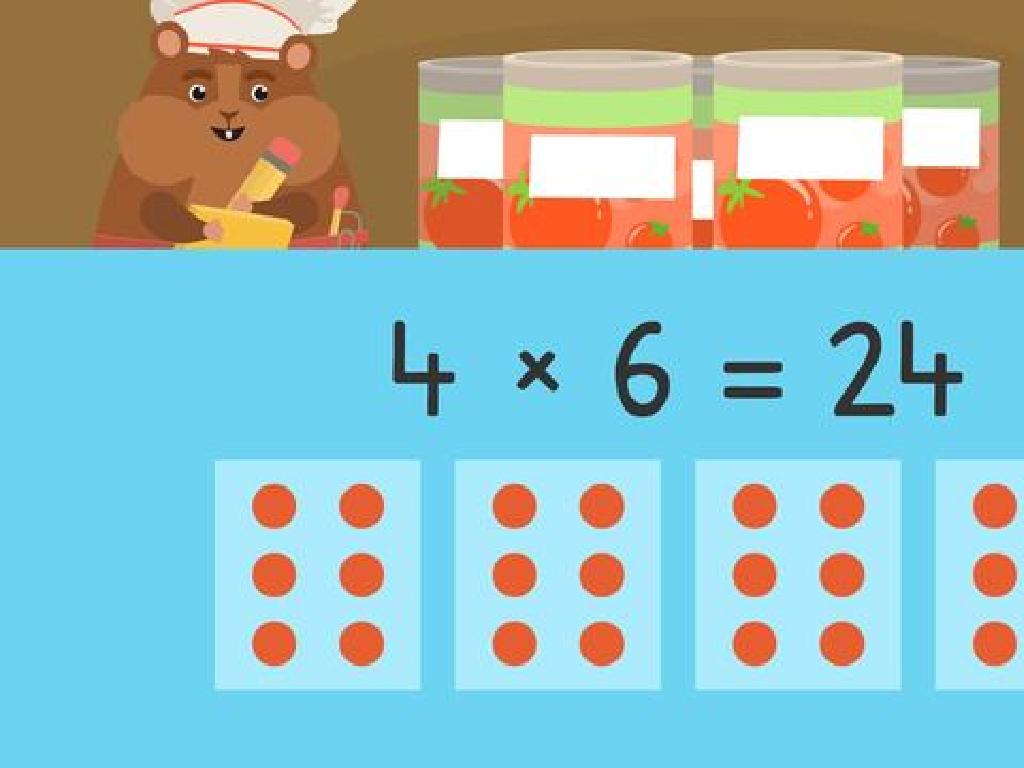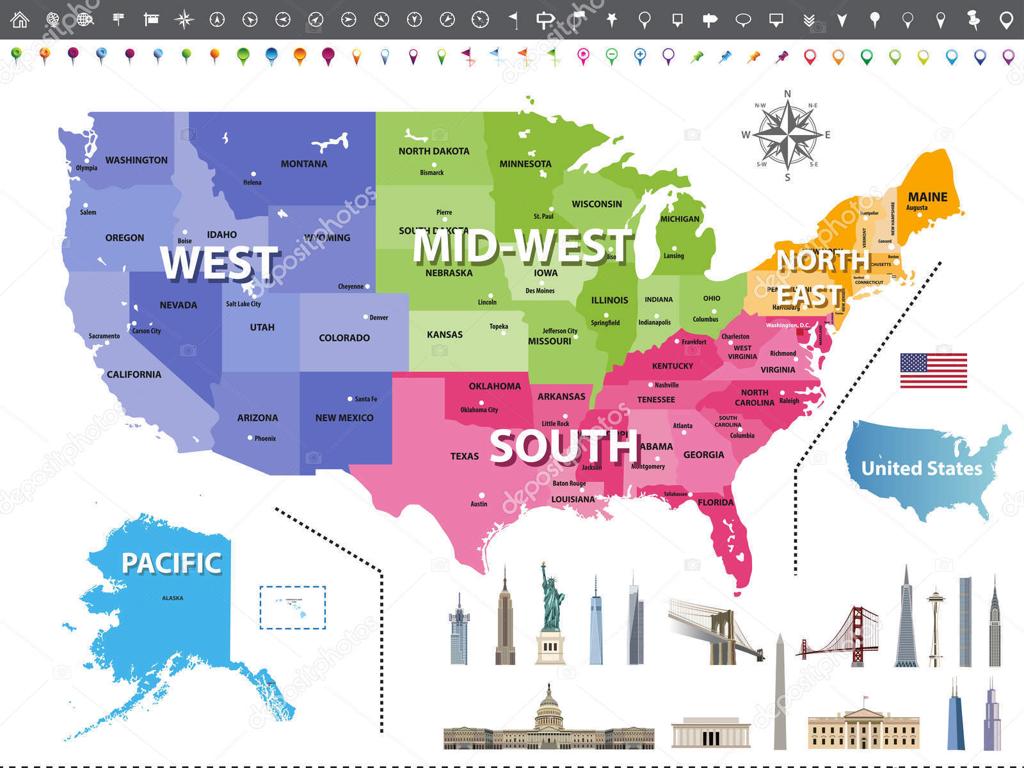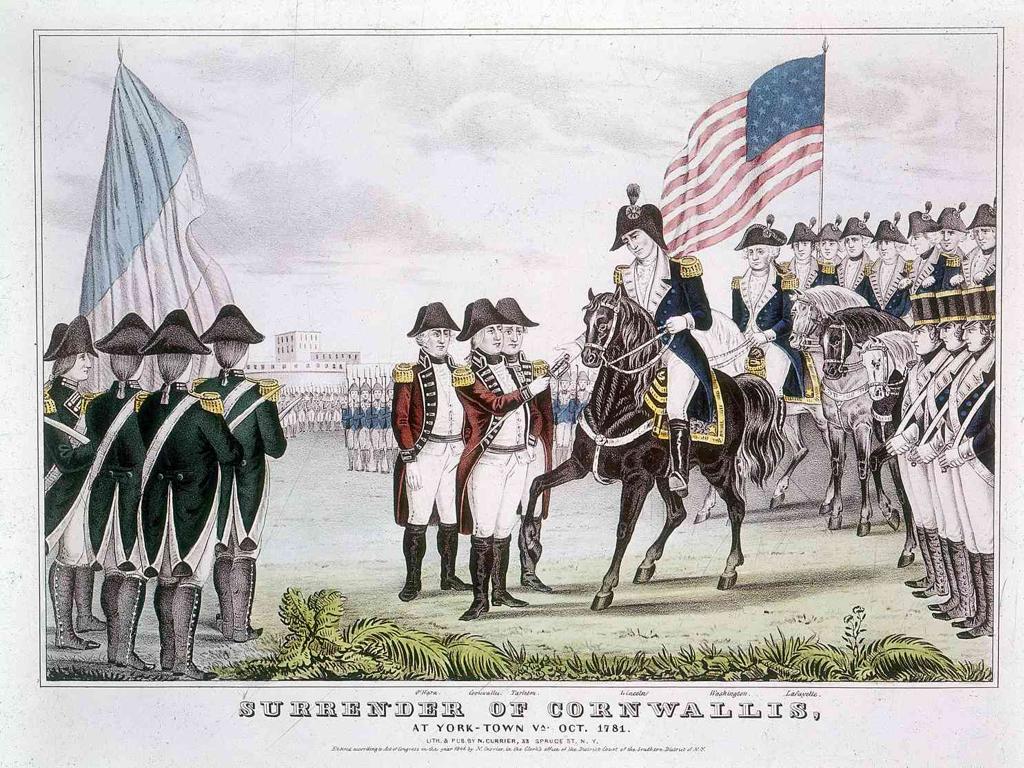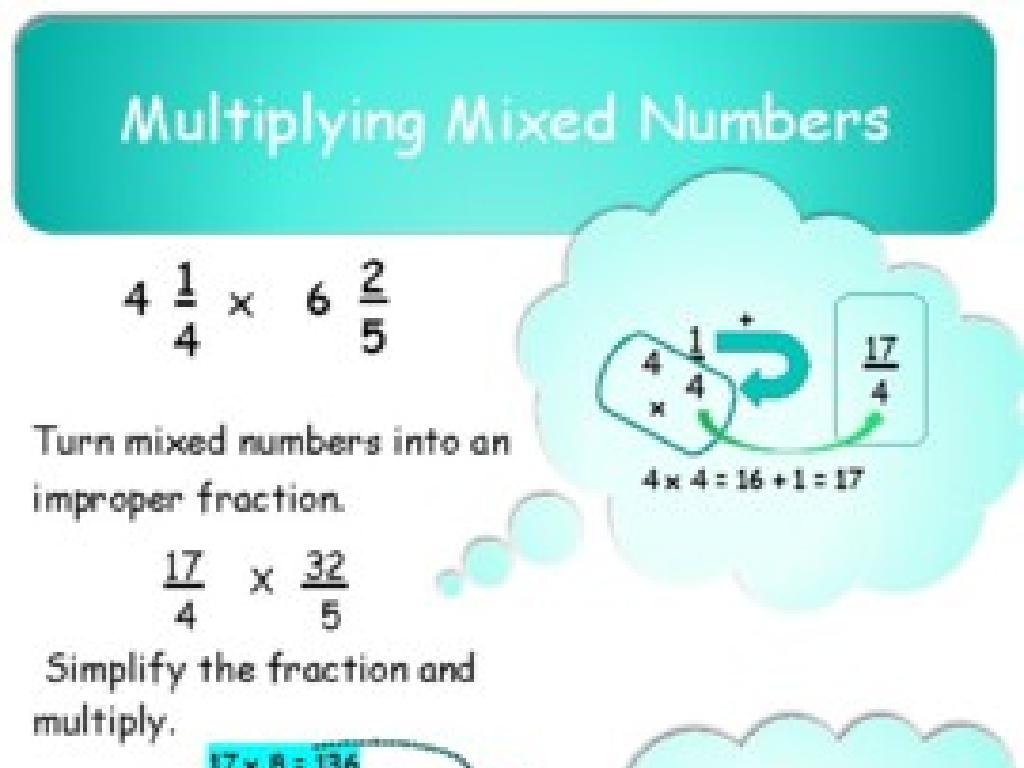Form Plurals Of Nouns Ending In F, Fe, O, And Y
Subject: Language arts
Grade: Fifth grade
Topic: Nouns
Please LOG IN to download the presentation. Access is available to registered users only.
View More Content
Forming Plurals: f, fe, o, y
– Singular vs. Plural nouns
– Singular means one, plural means more than one
– Plurals with ‘f’ and ‘fe’
– Change ‘f’ to ‘ves’ for some words (e.g., ‘leaf’ to ‘leaves’)
– Plurals with ‘o’
– Add ‘es’ to some ‘o’ ending words (e.g., ‘potato’ to ‘potatoes’)
– Plurals with ‘y’
– Change ‘y’ to ‘ies’ if preceded by a consonant (e.g., ‘puppy’ to ‘puppies’)
|
This slide introduces the concept of singular and plural nouns, focusing on the irregular plural forms of nouns ending in f, fe, o, and y. Start by explaining the difference between singular (one item) and plural (more than one item). Then, discuss the special rules for forming plurals with nouns ending in ‘f’ or ‘fe’ where the ‘f’ often changes to ‘ves’, such as ‘knife’ to ‘knives’. For nouns ending in ‘o’, sometimes ‘es’ is added, like ‘hero’ to ‘heroes’. Lastly, for nouns ending in ‘y’ preceded by a consonant, the ‘y’ changes to ‘ies’, as in ‘baby’ to ‘babies’. Provide additional examples for each rule and encourage students to come up with their own examples. This will prepare them for activities where they will practice these rules.
Understanding Nouns: Singular and Plural Forms
– Nouns: person, place, thing, idea
– Examples: cat, city, toy, happiness
– Singular vs. Plural nouns
– Singular noun refers to one item, plural refers to more than one
– Plurals: f, fe, o, y endings
– Rules change the ending: ‘f’ to ‘ves’, ‘y’ to ‘ies’, add ‘es’ or ‘s’
|
Begin with the definition of a noun to ensure students understand the basic concept. Provide clear examples that they can relate to. Explain that nouns can be singular or plural, emphasizing the difference between the two. Introduce the concept of forming plurals, particularly for nouns ending in f, fe, o, and y. Explain the general rules: for ‘f’ or ‘fe’ endings, we often change to ‘ves’ (e.g., ‘leaf’ to ‘leaves’), for ‘y’ endings, we change ‘y’ to ‘ies’ if preceded by a consonant (e.g., ‘baby’ to ‘babies’), and for ‘o’ endings, we usually add ‘es’ (e.g., ‘potato’ to ‘potatoes’). However, if ‘y’ is preceded by a vowel, we simply add ‘s’ (e.g., ‘toy’ to ‘toys’). Encourage students to think of more examples and write them down for practice.
Singular and Plural Nouns
– Singular nouns: only one
– Plural nouns: more than one
– Add -s or -es for most plurals
– Special rules for f, fe, o, y endings
– ‘leaf’ becomes ‘leaves’, ‘tomato’ becomes ‘tomatoes’
|
This slide introduces the concept of singular and plural nouns to fifth graders. Singular nouns refer to one item, while plural nouns refer to more than one. Generally, plurals are formed by adding -s or -es to the singular form. However, there are special rules for words ending in f, fe, o, and y. For example, ‘leaf’ changes to ‘leaves’ and ‘tomato’ to ‘tomatoes’. It’s important to note that while most plurals are straightforward, these exceptions require memorization and practice. Encourage students to think of more examples and to understand why these particular endings have unique plural forms. Activities could include identifying singular and plural forms in reading passages or creating a classroom chart with examples.
Plural Forms: ‘f’ and ‘fe’ Endings
– Change ‘f’ or ‘fe’ to ‘ves’
– For some nouns ending in ‘f’ or ‘fe’, we use ‘ves’ for the plural form.
– Example: leaf becomes leaves
– A single leaf turns into many leaves.
– Example: knife becomes knives
– One knife turns into a collection of knives.
– Some nouns are exceptions
– Words like ‘roof’ simply add an ‘s’, becoming ‘roofs’.
|
This slide introduces the concept of forming plurals for nouns ending in ‘f’ or ‘fe’. The general rule is to replace ‘f’ or ‘fe’ with ‘ves’ for the plural form. However, it’s crucial to highlight that English has exceptions to this rule. Provide examples like ‘leaf’ and ‘knife’ to illustrate the typical pattern, and contrast with an exception like ‘roof’. Encourage students to think of other nouns that follow or break the rule and to understand that memorization and practice are key to mastering these irregularities. Prepare a list of words for students to convert into plurals as a class activity.
Plural Forms of Nouns Ending in ‘o’
– Add ‘es’ to some nouns ending in ‘o’
– Example: potato to potatoes
– Change ‘potato’ into ‘potatoes’
– Example: hero to heroes
– Change ‘hero’ into ‘heroes’
– Some nouns just add ‘s’
– ‘photo’ becomes ‘photos’
|
This slide focuses on the rules for forming plurals of nouns that end with the letter ‘o’. In many cases, we add ‘es’ to create the plural form, such as ‘potato’ becoming ‘potatoes’ and ‘hero’ becoming ‘heroes’. However, there are exceptions to this rule where we simply add ‘s’, like ‘photo’ turning into ‘photos’. It’s important to help students recognize the patterns and remember the exceptions. Encourage them to think of other examples and to understand that language can have specific but sometimes irregular rules. Provide additional examples if needed, such as ‘echo’ to ‘echoes’ and ‘kangaroo’ to ‘kangaroos’, to illustrate the concept further.
Plural Forms of Nouns Ending in ‘y’
– Change ‘y’ to ‘ies’ for consonants
– If a noun ends in a consonant + ‘y’, the ‘y’ changes to ‘ies’.
– Example: butterfly to butterflies
– ‘Baby’ ends with a consonant + ‘y’, so it becomes ‘babies’.
– Add ‘s’ if a vowel is before ‘y’
– When a noun ends in vowel + ‘y’, simply add an ‘s’.
– Example: toy to toys
– ‘Toy’ ends with a vowel + ‘y’, so it becomes ‘toys’.
|
This slide focuses on teaching students how to form plurals of nouns ending in ‘y’. Emphasize the difference in rules when a consonant precedes the ‘y’ versus when a vowel does. Provide additional examples for each case and encourage students to come up with their own examples. Have them practice by writing sentences using both singular and plural forms of the nouns. This will help solidify their understanding of the concept.
Let’s Practice Plurals!
– Transform singular to plural
– Rules for f, fe, o, y endings
– f, fe to ves; o to oes; y to ies
– Interactive plural form exercise
– Example: leaf to leaves, baby to babies
– Group participation encouraged
|
This slide is designed for an interactive class activity to practice forming plurals of nouns, especially those ending in f, fe, o, and y. Start by reviewing the rules: for most nouns ending in ‘f’ or ‘fe’, change the ‘f’ to ‘v’ and add ‘es’ (e.g., ‘wolf’ becomes ‘wolves’). For nouns ending in ‘o’, add ‘es’ (e.g., ‘potato’ becomes ‘potatoes’). For nouns ending in ‘y’, change the ‘y’ to ‘i’ and add ‘es’ (e.g., ‘puppy’ becomes ‘puppies’). Then, present singular nouns and ask students to convert them into their plural forms. Encourage group participation and correct any mistakes with positive reinforcement. Activities can include writing exercises, verbal responses, or a game format where students earn points for correct answers.
Class Activity: Plural Scavenger Hunt
– Find items ending in f, fe, o, y
– Write singular and plural forms
– Example: leaf, leaves / hero, heroes
– Share findings with the class
– Understand pluralization rules
– Learn how nouns change from singular to plural
|
This interactive activity is designed to help students recognize and form plurals of nouns ending in f, fe, o, and y. Students will search the classroom for items that end with these letters, write down both the singular and plural forms, and then share their findings with the class. This will reinforce the spelling rules for plural nouns in a fun and engaging way. For the teacher: Prepare a list of potential items that students might find and their plural forms as a reference. Consider grouping students and assigning each group different letters to focus on to ensure a variety of examples. Possible items: leaf/leaves, knife/knives, potato/potatoes, baby/babies. Encourage students to explain the spelling changes that occur when forming the plural version of their nouns.
Wrapping Up: Plurals of Special Nouns
– Congrats on learning special plurals!
– Homework: 10 sentences with plurals
– Use nouns ending in f, fe, o, and y
– Recall today’s pluralization rules
– Examples: ‘leaves’ from ‘leaf’, ‘heroes’ from ‘hero’
– Practice makes perfect!
|
Great work today, class! As a conclusion, reinforce the importance of the rules learned for forming plurals from nouns ending in f, fe, o, and y. For homework, students are tasked with writing 10 sentences that include plural nouns, applying the rules discussed. Encourage creativity and the use of a variety of words. Remind them that some words have unique plural forms (e.g., ‘wife’ to ‘wives’, ‘tomato’ to ‘tomatoes’). This exercise will help solidify their understanding and give them practical experience in using these plural forms in context. Check for understanding before they leave and remind them to bring their sentences to the next class for discussion.





